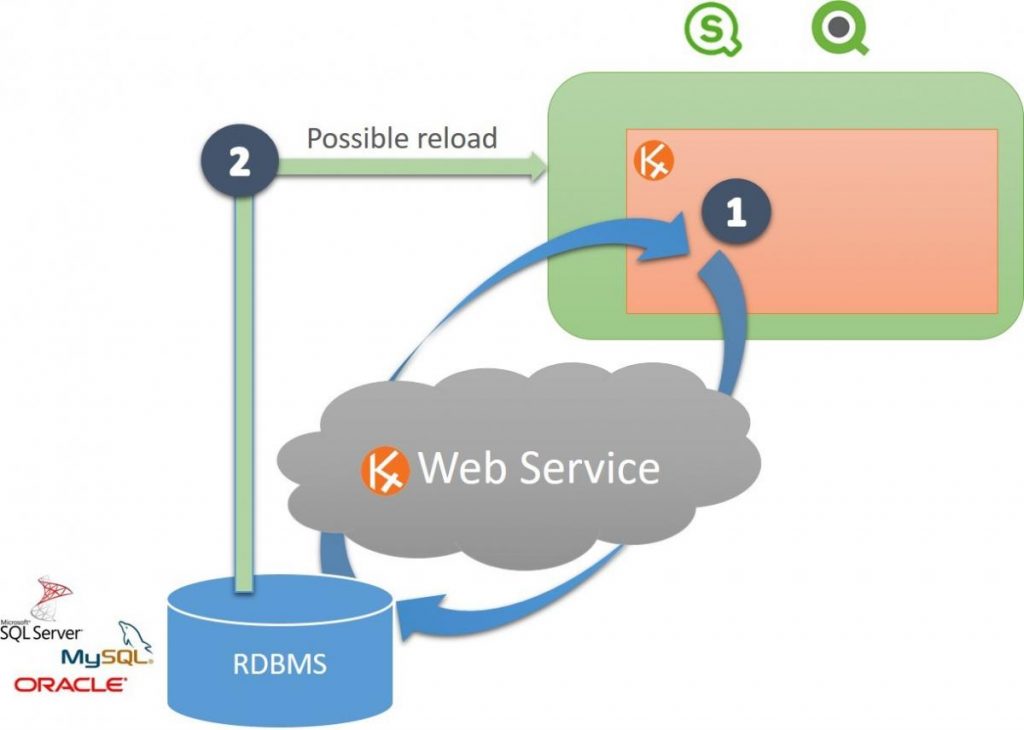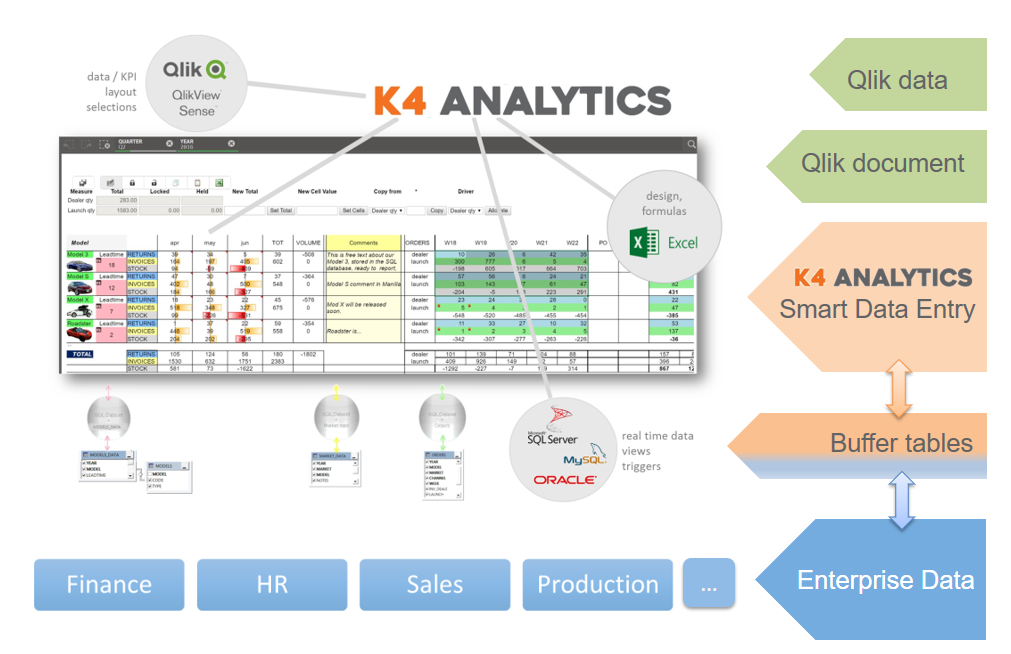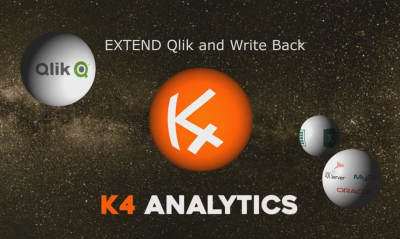Smart Data-entry with K4 Analytics
K4 Analytics data entry for Qlik Sense and QlikView offers Smart data-entry for Qlik Sense and QlikView. If you love Qlik and you ever thought ‘Wouldn’t be great to do data-entry inside Qlik Sense or QlikView and to be able to develop budgeting and planning applications?’ Now you can, with K4 Analytics. K4 Analytics by KT Labs supports; data-entry within Qlik Sense and QlikView with a rich set of features including: data spread&break-back, blocked totals, cells locking, smart Paste, audit trails and a table editor.
With Smart Data-Entry, master numbers and simulation thanks to rich features such as blocked totals, copy from, allocation drivers… Just add full audit trail, integrated workflow control and real time collaboration, this is K4 Analytics!
-
- Initialize the budget with one click using any data as a reference (e.g. previous year sales, forecast, etc.)
- Create different budget versions
- Manage distributed data-entry where different users collaborate, participating to the budgeting process in a secure and controlled way with audit trails
- Manage planning calendars
- Explode an aggregate budget to a detailed one in a Top-Down approach
- Manage driver-based allocations
- Collect easily and consolidate data from existing spreadsheets
- Make the budget figures available in real-time to other systems (e.g. ERP, CRM, ESG,etc)
- Develop GDPR and SOX-compliant applications thanks to audit trails
- Leverage all the power of Sense and QlikView for analysing performance against the budget
- Leverage excel templates for P&L and other financial statements (with data-entry)
In addition K4 Analytics integrates with ArcGIS, the Esri leading GIS platform for mapping and spatial analysis.
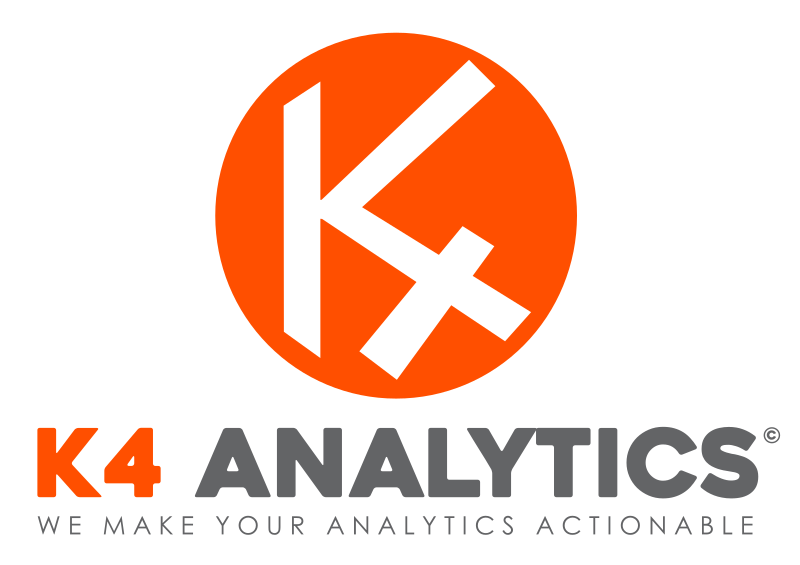
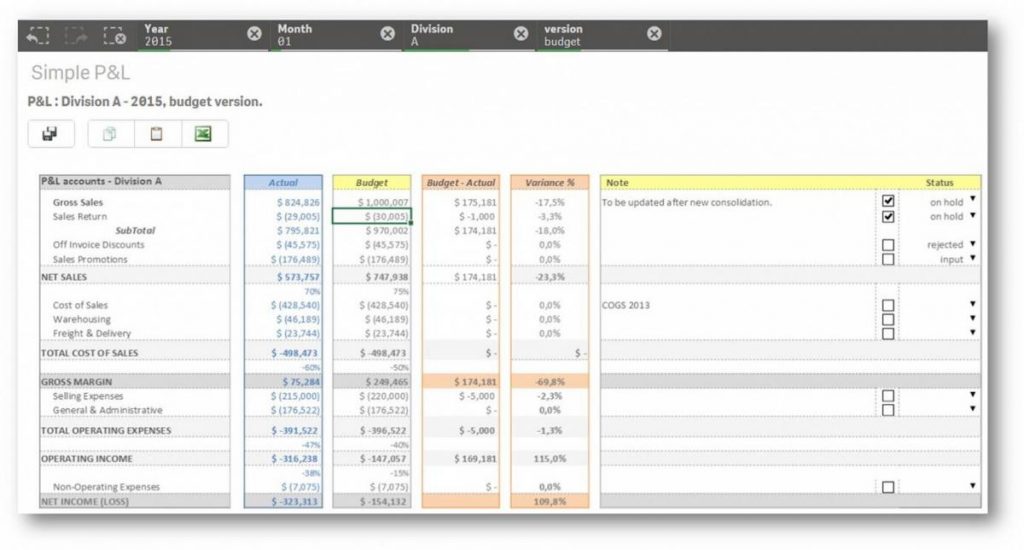
What can you do with K4 Analytics?
K4 allows you to leverage all the flexibility of spreadsheets inside QlikView and Qlik Sense. Using an Excel© file as a template, keeping all the formulas and the formatting, K4 dynamically fetches data from Qlik dataset and SQL live queries to populate the Excel template.
You can, for example, use K4 to manage a simple Profit&Loss statement with amazing speed and simplicity: just build the template in Excel, link cells to data and use it inside Qlik, users are not required to have MS Excel installed.
And it doesn’t stop there … you can even enter data, text, date, checkbox and drop lists in K4, saving on the fly to a SQL database!
In a very simple way you can lock data (disable the data-entry) on a cell-by-cell basis through a Qlik or a SQL expression:you can display actual data for closed month and editable cells for planning months.
The locking logic can be as complex as you need: taking into account for example the current date versus the planning calendar and the current user versus the hierarchies.
You can manage a distributed planning process with multiple users entering data in a common database with full control thanks to K4 Audit Trails feature.
K4 does not come with a predefined business model, you can use it to build exactly the application you need.
K4 Analytics data entry for Qlik Sense and QlikView:
How does K4 Analytics work?
The K4 solution is made of two components: the Qlik extension object and the web service.
The extension object loads data dynamically from one or several Qlik datasets or one or several SQL queries and merges them into an Excel file used as a template.
If K4 is configured for data-entry, when the user hits Save the new/changed data is sent to the web service which takes care of writing them in a table in a relational database.
The data is then read back on-the-fly from the SQL database when the object is refreshed. (and eventually loaded back into Qlik with a reload).
You can use the K4 object in a document opened with the browser (AJAX client) from the Qlik access point or opened with the Desktop client (in QlikView in WebView mode). MS Excel is not required on the clients.
K4 uses its web service for write-back. The web service receives from the K4 object the new/changed data together with the Qlik document current selection and the user id: it compares these data with the structure of the buffer table to check that it has all the information (e.g. primary keys) it needs to create/update records in the buffer table.
Customer quote…
consolidate our budgeting and forecasting process into a Qlik application”
Adam Snow-Tyler Business Intelligence Manager,
Yusen Logistics
DC K4 Analytics PPT – Download
